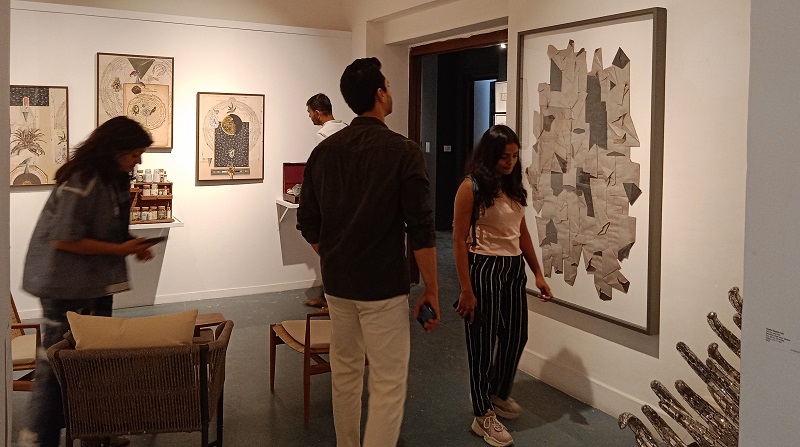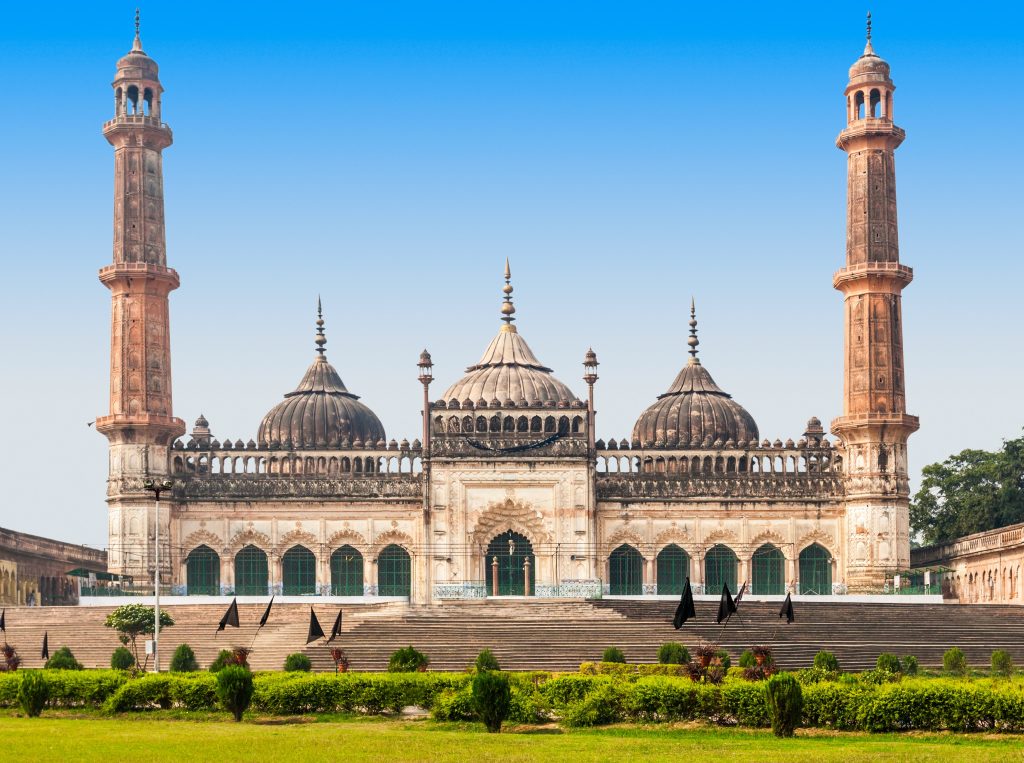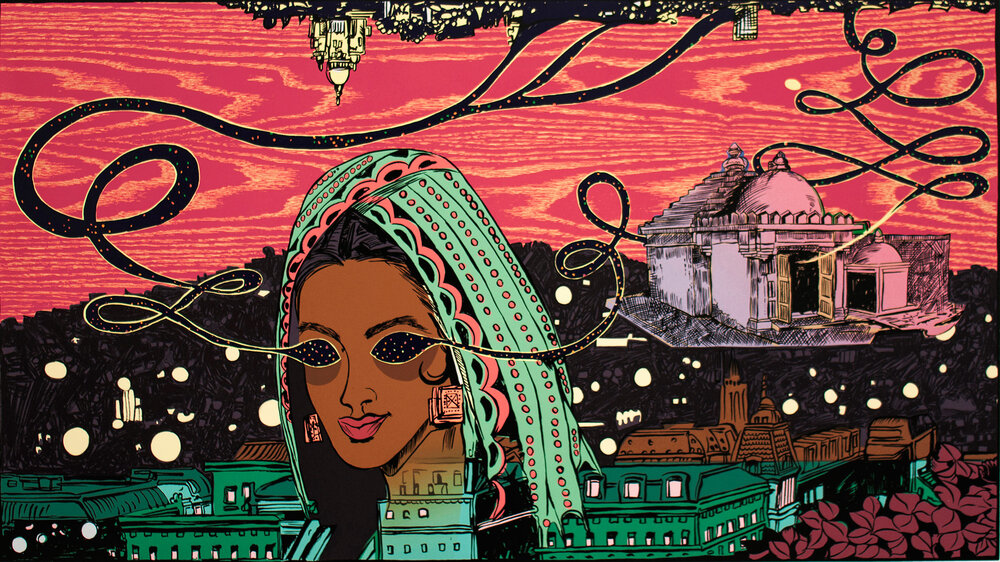Delhi Contemporary Art Week displays the new voices from, in a broader sense, the Global South as a territorial and political identity, resonating with the socio-economic contrasts and backdrops. In a canvas or mixed medium, from a minimalistic point of view, artists bring pristine ideas and perspectives, a playful abundance of disciplined mediums, or even question the audience’s view of something and reignite them through a simple process of engaging.
In Delhi Contemporary Art Week, over 50 artists display their works through six galleries and curated shows. Each room and corner is filled with artwork, and each gallery displays its best artists. The Latitude 28 gallery brings celebrated and new faces in the contemporary Indian and Global South region, like Pakistani visual artist Farhat Ali, who specialises in reinterpreting chronology and prevalent imagery. The gallery will also feature artists like Aninda Singh, Ankush Safaya, Anupama Alias, Chandan Bez Baruah, Gopa Trivedi, Harman Taneja, Jahangir Asgar Jani, Ketaki Sarpotdar, Khadim Ali, Manjot Kaur, Niyeti Chanda Kannal, Pratul Dash, Sanket Viramgami, Shalina Vichitra, Shubham Kumar, Sudipta Das, Waseem Ahmed, Waswo X Waswo, Yogesh Ramkrishna, Zahra Yazdani.
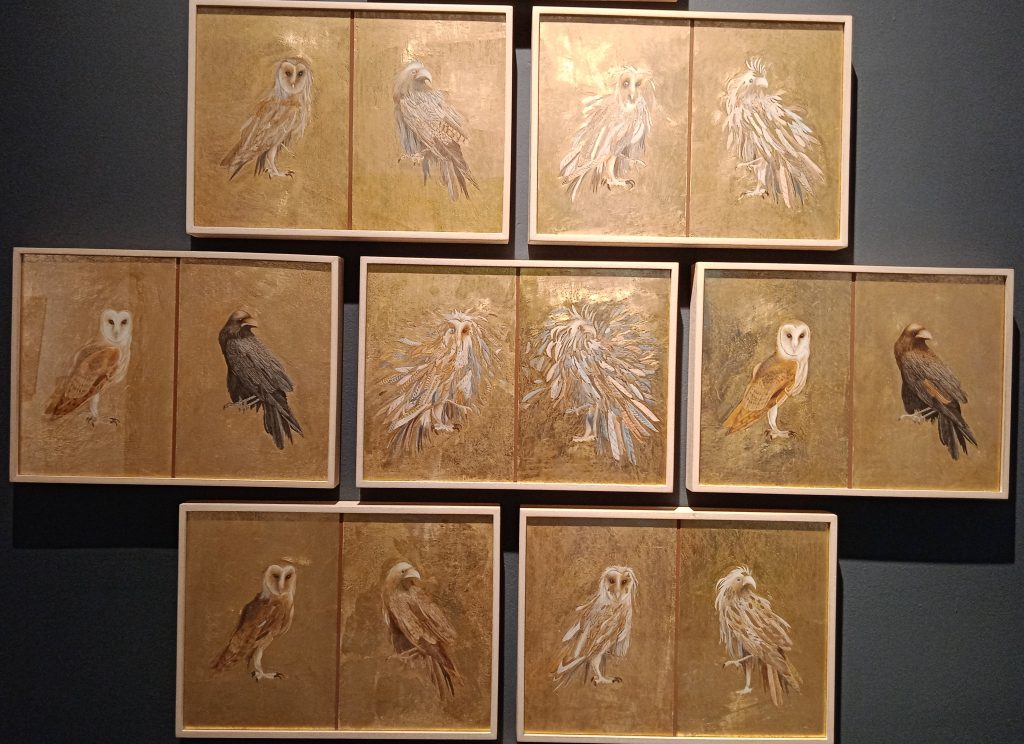
Medium capacity from gouache to textile, ceramic to paper, and wood to concrete, and exploring thematic areas like migration, climate change, biodiversity, mythology, and socio-political issues, those artists and presenting gallery, exhibiting their fusion of traditional and contemporary mind, and comments on social and aesthetical trends and topics in Delhi Contemporary Art Week.
What ultimately blends a fusion of sensations in the contemporary world is a captivating question when engaging with artworks. The viewer is critically immersed in what is reflected and enchanted through the works’ fluid nature. Harman Taneja’s art practice brings diverse mediums and ideas, and as an architecture experimenter, space becomes the first home, and mediums like water, concrete, found materials, bars, cloths, epoxy, enamel, wood, pigment, text, epoxy resin and many are the essential ingredients. Tor II, House or Home, and Treasured Ornaments are the projects displayed in this show, telling a story of material culture and human life inquisitively, which harmonises the artist’s livelihood and practice with transcending the medium disposition. For an experimental artist like Taneja, the materials are always a challenge, and across different scales and scopes, and fighting with the norms and rules set by society materialistically.
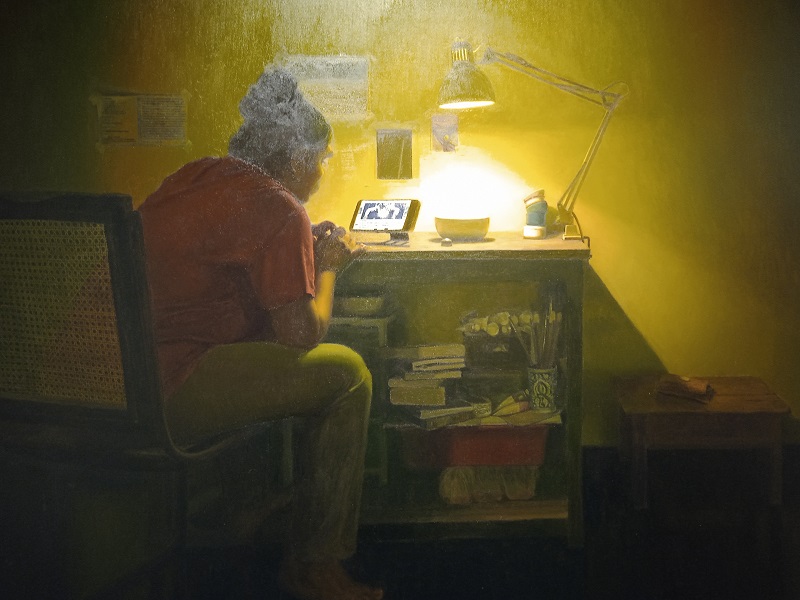
Chandan Bez Baruah, an artist from the northeast, displays his work in Delhi Art Week, a woodcut print ‘Somewhere in Northeast India’. Chandan allows viewers to escape the city’s congestion and a soothing retreat in a time of newfound loneliness through this work. The forest is Chandan’s source of liveliness, which asks us to stay silent and observe what he treasures and wishes to reveal.
Like many artists, Gopa Trivedi’s art practice is closely connected with Indian Miniature painting culture and addresses the social and respective concerns created by inciting idioms in visual language. Gopa Trivedi tries to re-contextualise miniature court styles in contemporary social norms from a feminine viewpoint. Baroda-based painter and printmaker Ketaki Sarpotdar’s visual journey interrogates the human ability to rationalise lived experiences, which transcend the experience of visual narration. In the Pandemic, Ketaki involves a narrative formation of human existence, showcasing a monkey-like person crouched over a smartphone with news about COVID-19 that would be reached as parodies of our past. The personification of the forms of turtles, donkeys, lions and many others passes the idea of ‘sensible’ human beings in her paintings, questioning identities and perceptions of the self.
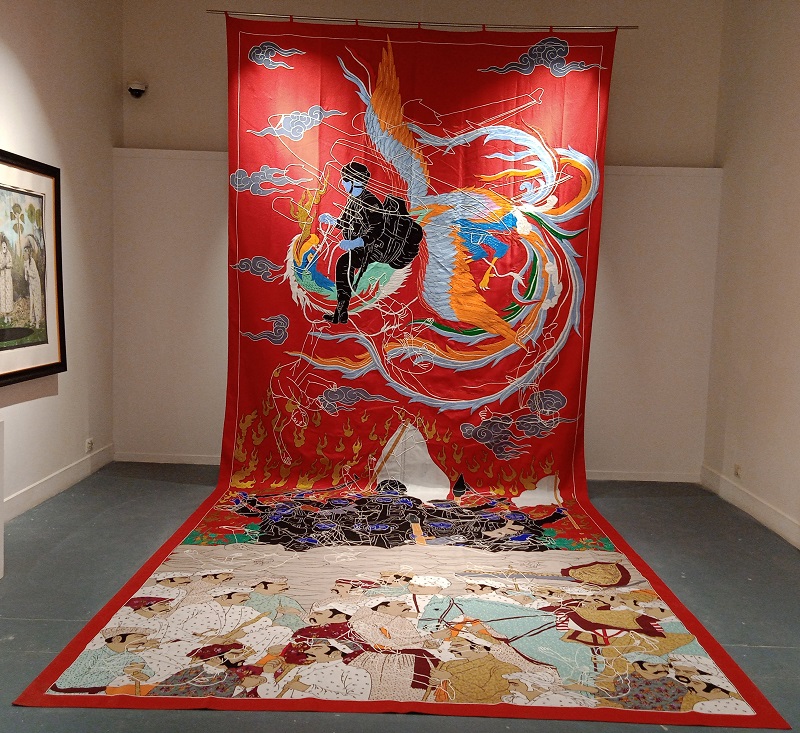
Pakistani artist Khadim Ali brings the Afghani visual story to his ‘In-sanity’, a machine and hand embroidery on fabric, a unique piece of art displayed in Delhi Art Week. Afghani culture and history, terrorism and the American presence are the core of this work. This Giant fabric tells the story of a country that merged with ‘horror’ stories. This embroidery fabric is beautiful, stunning, glorious in colour, red, and miniature in style. Khadim Ali symbolically brings the subject matter but tells about a very conflicting history of a country; enduring migrations escorted by defeat and concussion contribute to the force of his images.
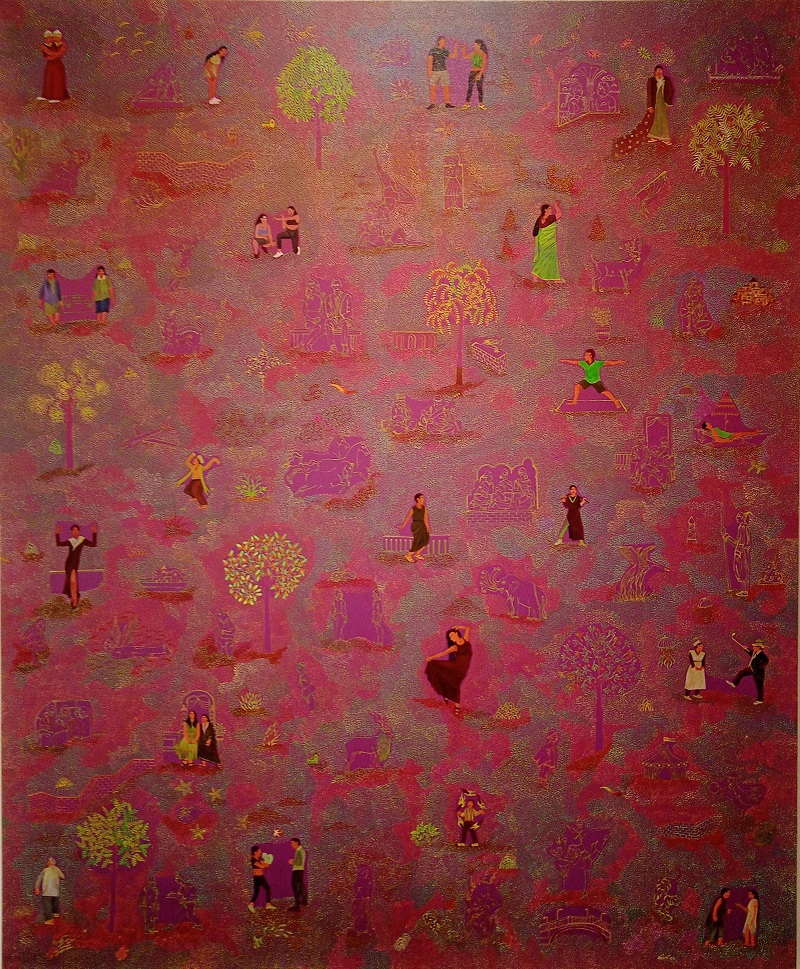
Sanket Viramgami exercised as a miniature painter, and his present suit of paintings is ingrained with an unrealistic eclecticism and can be read as a postmodern tapestry of current periods. Many stories in layers that visually alluring manners of technique, which brings the women and men, street and private rooms, dance and charismatic appearance of wise older man and lady, an elephant with many trunks, music players and music, trees and birds, movements and gestures, fight and love. The anachronistic promiscuity is functional on numerous levels in Sanket paintings, and it is not only seeable in the juxtaposition of matters and sceneries from various courses and in the cross-hatching of other aesthetic phrases and techniques.
Does Artworks Resonate the Voice of Society or Person? This question is valid when we engage with artwork. Most paintings critically look into social engagement from a personal viewpoint.
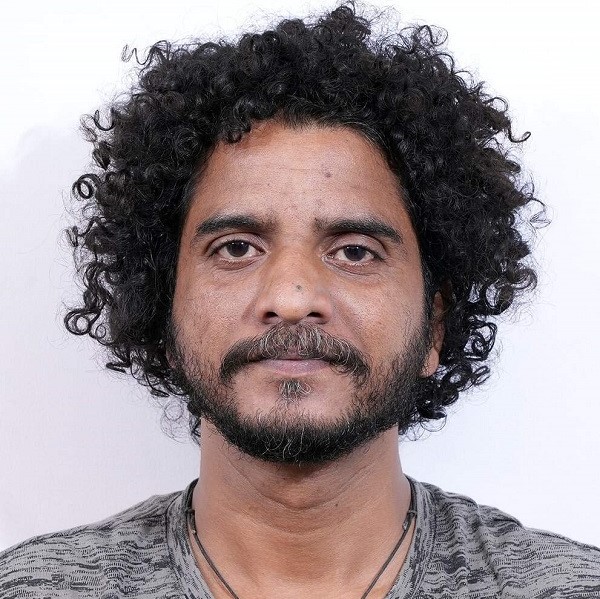
Krispin Joseph PX, a poet and journalist, completed an MFA in art history and visual studies at the University of Hyderabad.

